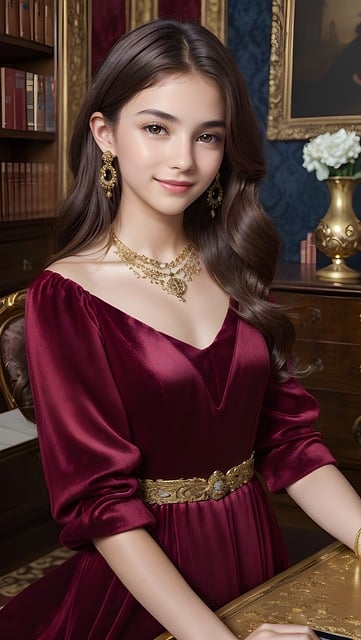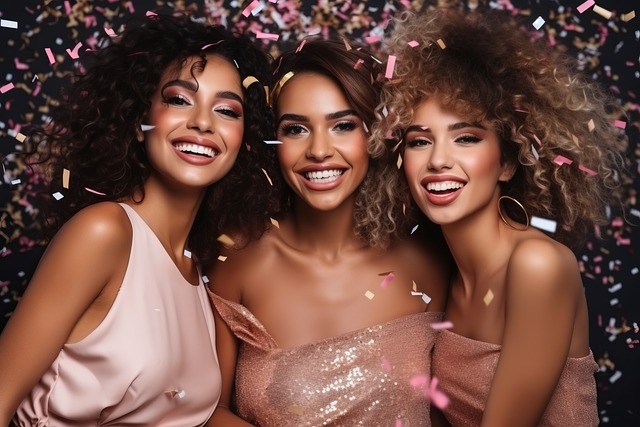

Cardinal Mermillod
A mother is she who can take the place of all others but whose place no one else can take.

Choosing the right dancewear is crucial for comfort, performance, and safety. Here are some key factors to consider when selecting dancewear:
By taking these factors into account, you can select dancewear that enhances your performance and keeps you comfortable and confident during practice and performances.
In the language of emotions, there exists a universal symbol that transcends cultural boundaries – the gift of flowers. The timeless act of gifting flowers has been a cherished tradition for centuries, weaving beauty, fragrance, and sentiment into a delicate bouquet. Whether it's a celebration, a gesture of love, or a comforting presence during challenging times, the act of presenting flowers is an art that resonates with both the giver and the receiver.
In a world often filled with fast-paced routines and digital interactions, the act of gifting flowers remains a genuine and timeless expression of human connection. Beyond their aesthetic appeal, flowers embody the language of the heart, communicating emotions and creating moments that linger in the soul. Whether celebrating milestones, expressing condolences, or simply spreading joy, the gift of flowers is a gesture that stands as a testament to the enduring beauty of human connections. So, the next time you ponder the perfect gift, consider the elegance and emotion encapsulated in a thoughtfully chosen bouquet – a gesture that speaks volumes without uttering a word.
The profound connection between humans and animals has deep historical roots, evolving over millennia into the intricate tapestry of companionship we know today. From the first domesticated wolves to the diverse array of pets in our homes, the history of human association with animals is a testament to the enduring bond between two distinct species. This article delves into the rich history of this unique and heartwarming relationship.
The history of human association with pets is a fascinating journey that has evolved from practical partnerships to deep emotional connections. From the first domesticated wolves to the diverse array of pets in contemporary homes, the bond between humans and animals continues to enrich our lives in ways both profound and heartwarming. As we navigate the complexities of modern life, the enduring companionship of our beloved pets remains a source of joy, comfort, and unconditional love.
Jewelry, with its timeless allure and intricate craftsmanship, has been an integral part of human culture for centuries. The evolution of jewelry reflects not only changing fashion trends but also societal, cultural, and technological shifts. From ancient artifacts to contemporary masterpieces, the journey of jewelry is a shimmering odyssey that spans across civilizations, each piece echoing the spirit of its time.